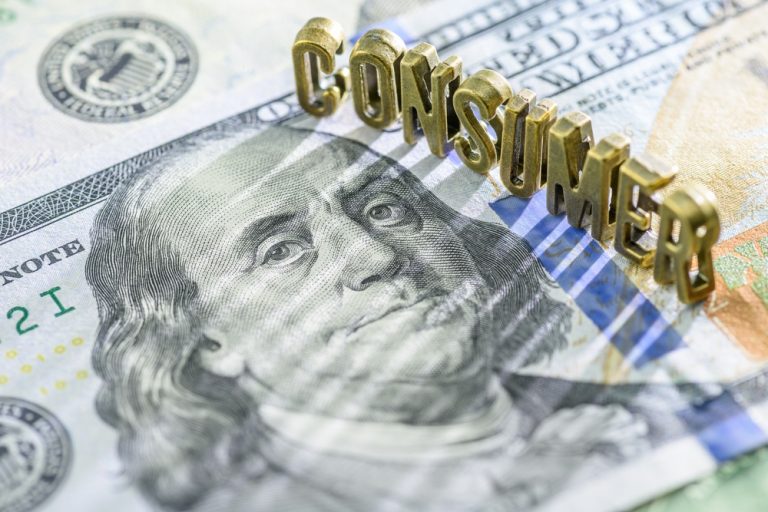US consumer spending surged by 0.7% in March, marking the biggest monthly gain in over two years, driven by concerns over President Donald Trump’s tariffs and rising inflation, according to the latest report from the Commerce Department.
Strong March Consumer Spending
Consumer spending for March saw a sharp rise, increasing by 0.7% from February, bolstered by a surge in durable goods, particularly automobiles. This marked the highest growth in consumer spending since 2021, with retail and durable goods showing robust gains.
Americans’ rush to make purchases ahead of the expected price hikes due to tariffs has played a pivotal role in the surge. Consumers appear to have front-loaded their buying, anticipating price increases in the coming months due to Trump’s ongoing trade policies with China.
Inflation Slows Despite Tariff Fears
Despite the uptick in spending, inflation in March slowed to its lowest rate since September. The Personal Consumption Expenditures (PCE) price index, the Federal Reserve’s preferred inflation gauge, increased by 2.3% year-over-year, slower than February’s 2.7% increase. On a monthly basis, prices remained unchanged, compared to a 0.4% rise in February.
However, food prices rose sharply by 0.5% from February, while energy prices plummeted 2.7%. The core PCE, which excludes food and energy, was flat for the month and slowed to an annual rate of 2.6%, down from 3% in the previous month.
Impact of Trump’s Tariffs on Economic Outlook
While inflation is moderating, the impact of Trump’s tariffs remains a concern. The trade conflict with China has already led to higher goods prices, creating a challenge for the Federal Reserve. Economists warn that this could put the central bank in a difficult position, with inflation likely to pick up due to tariffs while economic growth shows signs of slowing.
Gus Faucher, chief economist at PNC Financial Services, stated, “Inflation is still above the central bank’s 2% target, but the labor market could start to soften, putting the committee’s two goals in conflict.”
Consumer Confidence and Economic Uncertainty
The surge in consumer spending was largely fueled by a 0.5% jump in personal incomes, signaling strong financial health for many households. However, the uncertainty surrounding the trade war and potential future price increases has led some to worry about a slowdown in the second half of the year.
Robert Frick, chief economist at Navy Federal Credit Union, pointed out that while this report is positive, “things will get worse later this year, probably later in the summer,” as the effects of tariffs and potential product shortages set in.
Looking Ahead: Economic Resilience Amid Challenges
Despite concerns over the impact of tariffs and inflation, the U.S. economy is showing resilience, with strong consumer spending and income growth providing a cushion against uncertainty. However, economists caution that the calm in the market may be short-lived, as tariffs continue to have a potential ripple effect on the broader economy.


